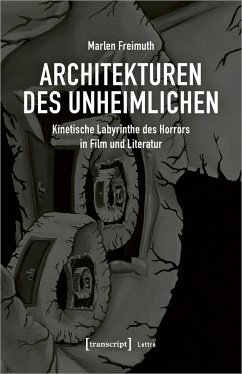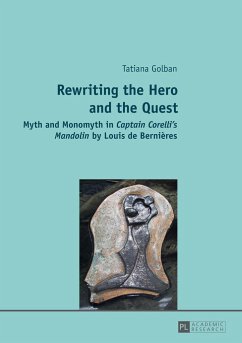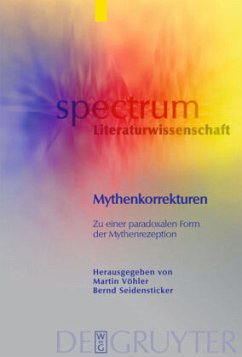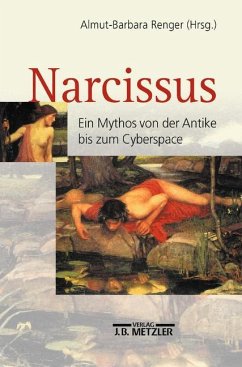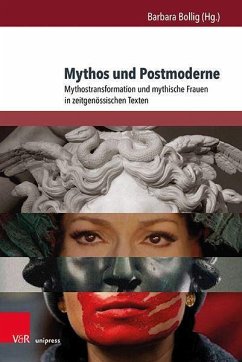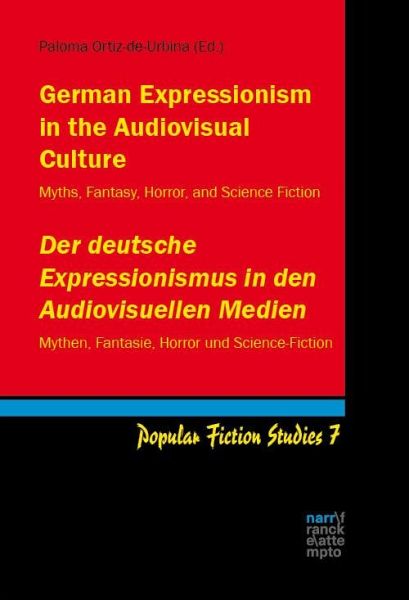
German Expressionism in the Audiovisual Culture / Der deutsche Expressionismus in den Audiovisuellen Medien
Myths, Fantasy, Horror, and Science Fiction / Mythen, Fantasie, Horror und Science-Fiction
Herausgegeben: Ortiz-de-Urbina, Paloma
Versandkostenfrei!
Versandfertig in 2-4 Wochen
78,00 €
inkl. MwSt.
Weitere Ausgaben:

PAYBACK Punkte
0 °P sammeln!
Zu Beginn des 20. Jahrhunderts machte zeitgleich mit dem Expressionismus eine neue Kunstform ihre ersten Schritte, die Bild, Sprache und Musik in sich vereinte: der Kinofilm. In Deutschland hatte die expressionistische Ästhetik einen enormen Einfluss auf dieses neue Medium, der sich in Filmen wie Das Cabinet des Dr. Caligari (1920), Der Golem (1920), Nosferatu (1922) oder Metropolis (1927) zeigt und bis heute seine Spuren hinterlassen hat. Dieser Band analysiert, wie Themen, Motive, Mythen und Ästhetik des expressionistischen Kinos der 1920er Jahre in den audiovisuellen Medien bis ins 21. Ja...
Zu Beginn des 20. Jahrhunderts machte zeitgleich mit dem Expressionismus eine neue Kunstform ihre ersten Schritte, die Bild, Sprache und Musik in sich vereinte: der Kinofilm. In Deutschland hatte die expressionistische Ästhetik einen enormen Einfluss auf dieses neue Medium, der sich in Filmen wie Das Cabinet des Dr. Caligari (1920), Der Golem (1920), Nosferatu (1922) oder Metropolis (1927) zeigt und bis heute seine Spuren hinterlassen hat. Dieser Band analysiert, wie Themen, Motive, Mythen und Ästhetik des expressionistischen Kinos der 1920er Jahre in den audiovisuellen Medien bis ins 21. Jahrhundert fortwirken und welchen Einfluss sie auf Myth Criticism oder auf populäre Gattungen wie Fantasy, Horror oder Science-Fiction nach wie vor ausüben.
Dieser Artikel kann nur an eine deutsche Lieferadresse ausgeliefert werden.




